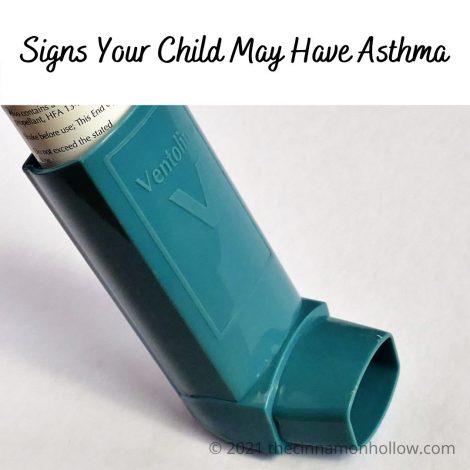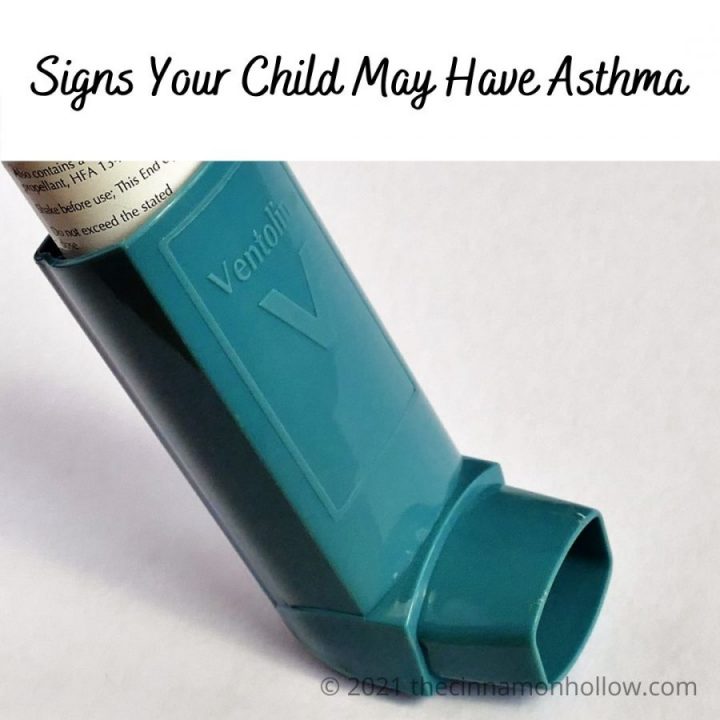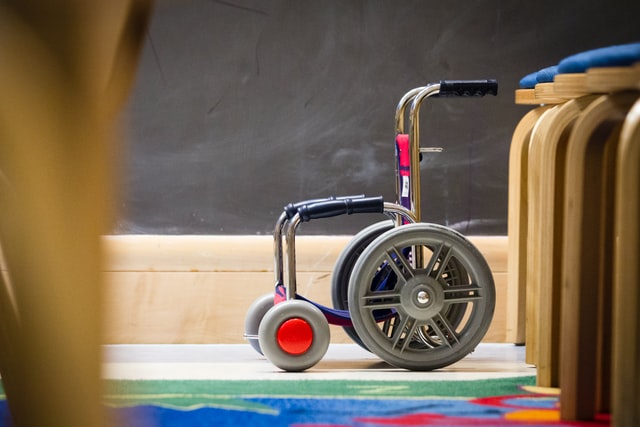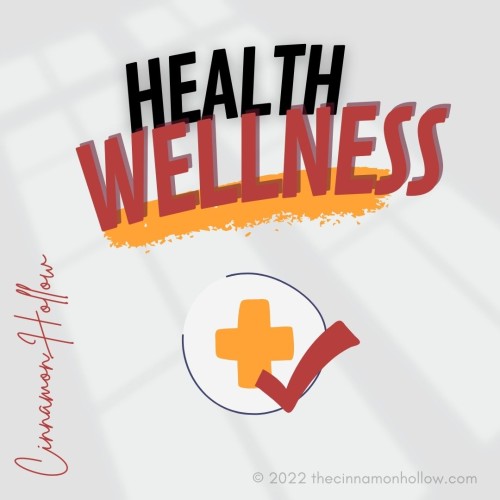Asthma can result in numerous sick days, especially if you are not sure your child is suffering from it. Luckily, medication can control the disease, but the first thing you need to do is identify it. You need to watch out for the signs as childhood asthma may present different symptoms from that of adults. Let’s dig deeper so that you know what asthma is and its common symptoms.

What is asthma?
Asthma is a disease that affects the airways, which are simply structures where air passes when moving from the mouth and nose downwards to the lungs.
The disease causes muscles in these airways to tighten and the lining to be swollen, producing sticky mucus. Such changes make the airways narrow, resulting in difficulty breathing and sometimes leading to wheezing, coughing, chest tightness, or shortness of breath.
Asthma is a very common illness affecting children. In fact, it’s among the most common reasons kids have to visit doctors or miss school. Though it can be managed with proper treatment, childhood asthma remains a challenge to diagnose, with the primary method being by assessing the response to inhaled steroids.
It’s hard for children to explain how they feel, making it challenging to diagnose childhood asthma. Unfortunately, we rely on trial-and-error methods in diagnosing it, so unless you watch out for the signs and symptoms in your child, it’s hard to know the problem.
Signs and symptoms of asthma in children
Signs of asthma may vary from one child to another and may be mild or severe. While your child may have one indication, another may present several of them. Furthermore, it’s hard to tell whether the symptoms your child is presenting are caused by asthma as some of them may be from a different respiratory illness. Here are the most common signs and symptoms of asthma in children.
1. Frequent coughing
This is totally different from a normal cough as it occurs more frequently and increases after an activity such as exercise. It may also be triggered by cold air or occur when your child is sleeping. The cough hardly goes away and keeps on repeating, especially with triggers. It may come in the early morning or late at night.
2. Chest tightness
Your child may complain of a tummy ache, as that’s how most kids describe chest tightness. Chest tightness is another common symptom associated with asthma though you must watch for other signs as it is also an indication of other illnesses. It may also come with pains in the chest or stomach.
3. Wheezing or whistling sound
You may notice a whistling sound that accompanies every breath in your child. This sign is often linked to asthma, so pay more attention to other signs.
4. Shortness of breath
If you suspect your child may have asthma, watch for breathlessness or forced breathing. Alternatively, you may notice your child is breathing faster than normal.
Keep track of these signs and symptoms and watch for how often they occur. If you notice a pattern and most of them in your kid, it’s time to consult your doctor for more professional advice.
The health risks of asthma if untreated
As much as asthma can be managed with proper treatment, it may result in long-term negative effects if left untreated or undiagnosed. Untreated, it may lead to lung scarring – a permanent damage to your airways and lungs. Patients suffering lung scarring cannot breathe properly unless with the help of an external aid. Scarring is irreversible, and no medication can reverse the condition. It is considered a chronic obstructive pulmonary disease with permanent changes like increased mucus secretion, increased blood flow to the airways, and thickening airways. Apart from lung scarring, untreated asthma interrupts your normal lifestyle, causes anxiety and a lot of stress, leads to hospitalization, and, worse still, may lead to death. With such severe effects, you should treat asthma as soon as you notice the signs, as you can live a normal life with proper medication and treatment.
find more helpful tip sin our health and wellness archives.
The owners of Cinnamon Hollow and many of its authors are not doctors and this is in no way intended to be used as medical advice. We cannot be held responsible for your results. As with any product, service or supplement, use at your own risk. Always do your own research and consult with your personal physician before using.







